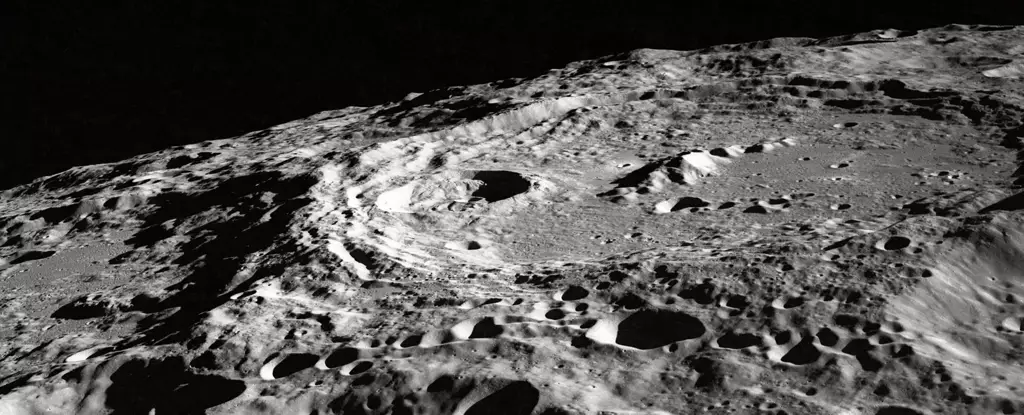More than five decades have passed since the last Apollo mission, but the United States is gearing up to make history once again. On January 25, American company Astrobotic plans to land their craft, Peregrine, on the lunar surface. Set to carry NASA instruments, this unmanned lander will play a crucial role in studying the lunar environment and paving the way for NASA’s Artemis manned missions. The ambitious goal is to develop a lunar economy and provide cost-effective transport services, revolutionizing lunar exploration. However, this mission is not without its challenges. With only a 50% success rate in missions to the Moon’s surface, the Astrobotic team faces a daunting task that requires careful planning, ingenuity, and nerves of steel.
To foster innovation and collaboration, NASA made a strategic decision several years ago. They opted to commission US companies for scientific experiments and technological advancements on the Moon through the Commercial Lunar Payload Services (CLPS) program. With fixed-price contracts, this initiative aims to catalyze the development of a lunar economy and reduce the cost of transportation services. Astrobotic’s Peregrine mission aligns perfectly with this vision, as they strive to achieve a successful launch and landing on the lunar surface at a fraction of the typical cost. This new approach opens up exciting possibilities for both NASA and private space exploration entities, pushing the boundaries of what was once deemed impossible.
On December 24, the Peregrine lander will embark on its journey to the Moon aboard the inaugural flight of the Vulcan Centaur rocket from the ULA industrial group. However, the actual landing is scheduled for January 25 to ensure optimal light conditions at the target location. The descent itself will be an autonomous operation, managed from Astrobotic’s control center. This nerve-wracking mission requires a delicate balance of technological precision and human expertise to monitor and adjust as necessary. Although the prospect of failure looms large, the team at Astrobotic remains determined, recognizing the gravity of their task and the potential for groundbreaking achievements.
Learning Lessons from the Past
Venturing into the realm of private lunar landings is not without its risks, as previous attempts have demonstrated. Both the Japanese start-up ispace and Israel encountered setbacks in their ambitious lunar missions. Yet, the significance of the Astrobotic mission lies not only in its potential success but also in its impact on the commercial infrastructure required to establish a lunar economy. NASA acknowledges that not all missions will be successful, but in taking calculated risks, they pave the way for progress and growth. Astrobotic, along with other companies like Firefly Aerospace, Draper, and Intuitive Machines, embodies the spirit of exploration and innovation that drives the space industry forward.
Artemis: The Future of Lunar Exploration
With its Artemis program, NASA aims to establish a base on the Moon, marking a significant milestone in the history of human space exploration. By partnering with private companies and encouraging their participation in lunar missions, NASA not only invites fresh perspectives and technological advancements but also propels commercial space enterprises to new heights. The Astrobotic mission serves as a testament to the power of collaboration, as the collective effort of various organizations contributes to a shared vision of an interconnected lunar economy.
The privatization of lunar exploration marks a new era for space exploration. Astrobotic’s upcoming mission to land the Peregrine craft on the Moon symbolizes the immense possibilities that lie ahead. With NASA’s strategic decision to embrace fixed-price contracts through the CLPS program, we witness a dynamic shift in the approach to lunar exploration, fostering innovation and entrepreneurial spirit. While the challenges are numerous, the potential rewards are immeasurable. Whether it is the development of a lunar economy or the establishment of a base on the Moon, the Astrobotic mission represents a pivotal moment in history that will shape the future of space exploration for generations to come.


Leave a Reply